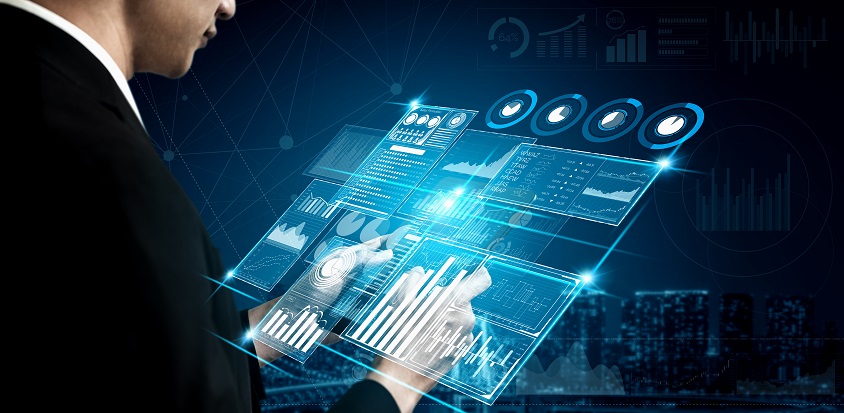loading...
Understanding Digital Transformation: Different Approaches of Applying DT
MAR 03, 2021



Related Articles
- Digital Transformation Approach 2
- Digital Transformation Approach 1
- Digital Business Requirements in the Era of Hyper-Personalization
- The Connection between the Brand and Customers
- Design thinking ⑪ - How to respond smartly to VUCA World
- Next-Generation UX: What Should Be Considered in Terms of Successful UI/UX